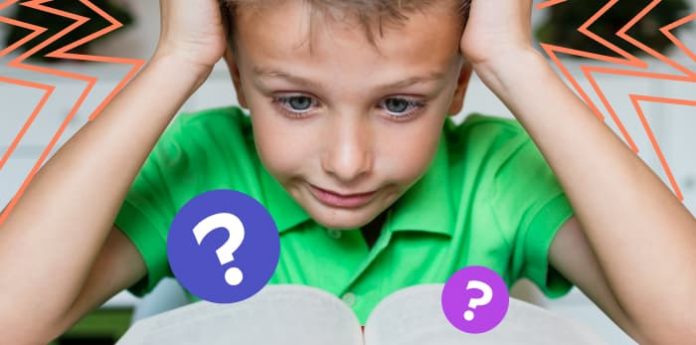Struggling in school is expected. Children have their strengths and weaknesses when it comes to academics. Some are passionate about math, and some can’t stand it. But kids with learning disabilities experience school differently. They find it extremely difficult to read, write, spell, reason, recall and organize information when taught in conventional ways.
Math & ELA | PreK To Grade 5
Kids see fun.
You see real learning outcomes.
Watch your kids fall in love with math & reading through our scientifically designed curriculum.
Parents, try for free Teachers, use for free
If you suspect that your child might be exhibiting symptoms of learning disabilities, do not worry. Research shows that 8 to 10 percent of American children under 18 have some learning disability. Let’s take a deeper dive into learning disabilities and understand how we can help.
Learning Disabilities in Children
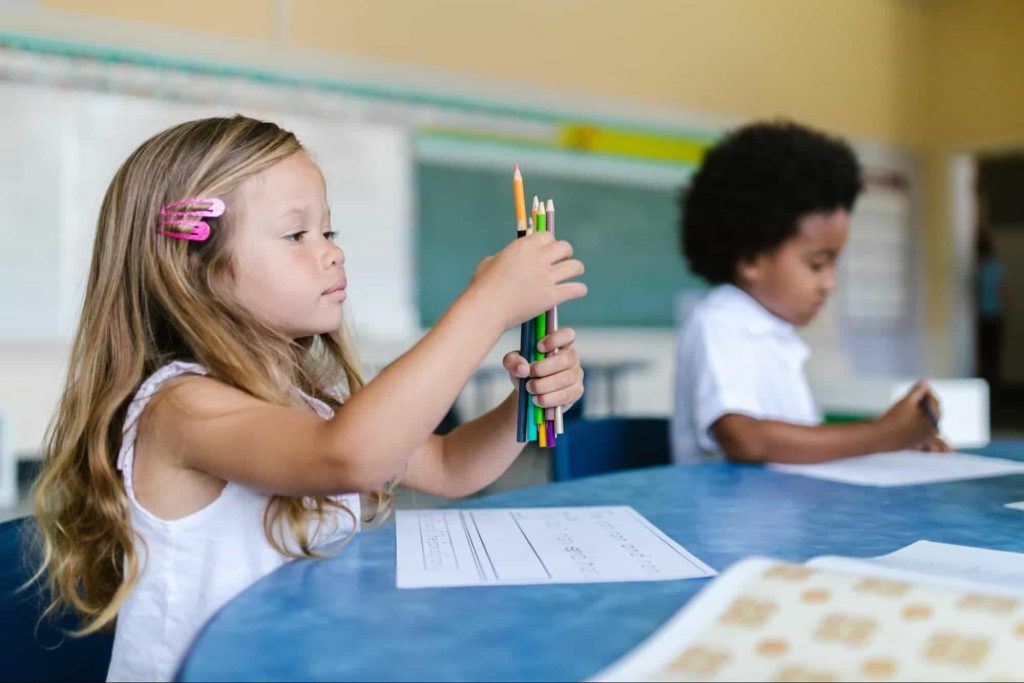
Learning disabilities are not concerned with motivation or intelligence levels. In fact, a learning disability says nothing about their intelligence at all.
Every kid’s brain is wired differently. Learning disabilities are neurological disorders that affect children’s cognitive processes related to learning. The causes of such disorders may be genetic or neurological. These disorders can affect basic learning abilities like reading, writing, math, etc. While learning disabilities occur in very young children, the disorders are not identified until a child reaches school age.
Children can have specific learning disabilities (LDs) such as reading or math disabilities or particular conditions like ADHD. A learning disorder implies that a child has difficulty in one or more areas of learning, even though their overall intelligence or motivation is unaffected.
If you are unsure whether your child has learning disabilities, the following section could help you identify if your child has any learning disability.
How to know if my child has learning disabilities?
The traditional learning disability diagnosis is a two-part testing method. One of the tests assesses kids’ overall IQ, while the other examines their performance in individual academic areas. Most kids with learning disabilities usually have normal (if not above-normal) levels of intelligence. Their disability is reflected in the discrepancy between their overall IQ and their demonstrated IQ. This discrepancy essentially indicates that the child, despite their average intelligence score, cannot utilize their potential fully.
At home, you should look out for the following patterns in your child to suspect the onset of a learning disability. Parents should also make their child take learning disabilities test if these signs persist –
- They find it difficult to follow directions.
- They rarely get and stay organized at home and/or school.
- They find it difficult to understand verbal directions.
- They face difficulty in learning facts and remembering information.
- They find it difficult to read, spell, or sound out words.
- They are unable to write clearly (may have poor handwriting).
- They find trouble solving math calculations or word problems.
- They are unable to fully focus and finish schoolwork.
- They find it difficult to explain information clearly with speech or in writing.
It’s important to remember that identifying learning disabilities in your kids can be a slippery slope. There is a fine line between a child who isn’t focussed enough and a child who can’t gather their thoughts together.
Mentioned below are some of the more prevalent learning disabilities and ways for parents to aid them at home.
Learning Disabiltiies Types
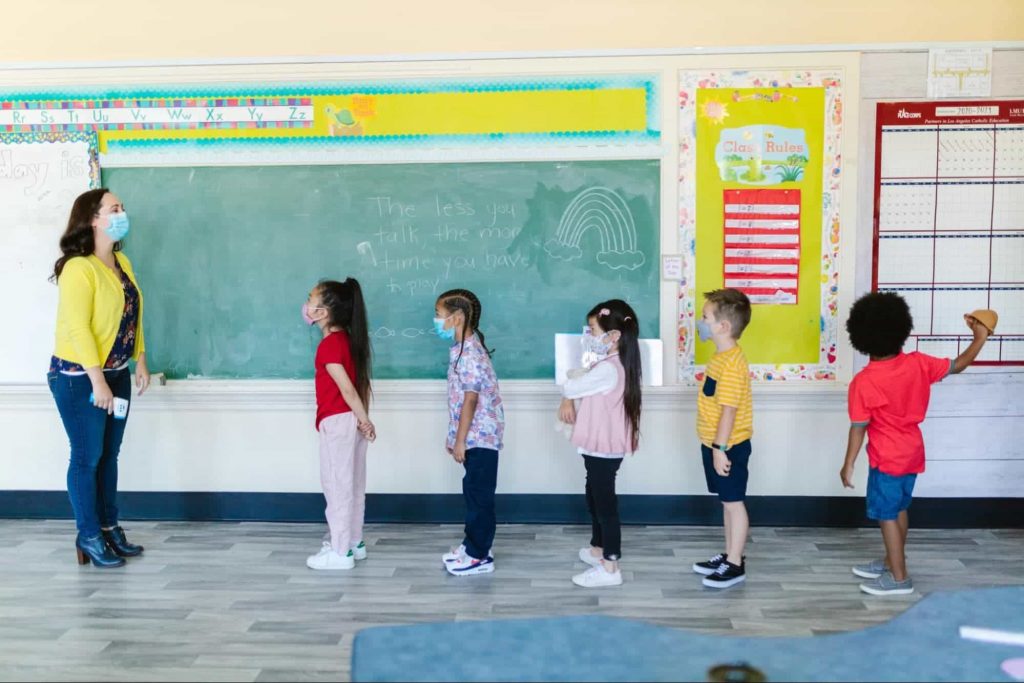
It can be challenging to watch your child struggle in life as a parent. At an age where kids should be busy playing and goofing around, it’s hard to see them lose their confidence. But knowing what you’re up against can give you a better strategy for combating your child’s learning disabilities. Here are some of the common learning disabilities along with their symptoms and aidful practices –
Reading

A learning disorder surrounding difficulty with spoken words is pretty common and is known as dyslexia. Children with this condition find it hard to perceive words as a combination of distinct sounds (also known as phonemes).
Dyslexia manifests itself as a problem with working memory that arises from the inability to hold and manipulate information. Even with appropriate reading skills, children with reading disabilities may have trouble with day-to-day reading activities such as –
- reading at a typical pace,
- understanding what they read,
- recalling what they read,
- making inferences based on their material, and/or
- spelling.
How can parents help?
Parents can undertake the following steps to assist their young ones in coping better with their condition –
- Intervene early. Contacting your child’s doctor early can improve their comprehension.
- Reading aloud, and listening to recorded books, can help them devise ways to work around their difficulties.
- Work closely with your child’s school and learn how they plan to help your child succeed.
- Encourage your child to read by setting an example. It can be particularly challenging to inspire someone with a reading disability to read regularly but there are ways you can set an example. Designating time everyday to read something of your own while your child reads can show them that reading can be enjoyable.
Written expression

A learning disability that involves writing is called dysgraphia. Writing is a complex process that consists of a plethora of visual, motor, and information processing skills. Children with learning disabilities in writing may exhibit the following struggles –
- Slow or labored handwriting,
- Handwriting that’s difficult to comprehend,
- Difficulty translating their thoughts into writing,
- Poorly organized sentences that are hard to understand.
How can parents help?
Parents can ask their children to do the following to aid their dysgraphia –
- trying out newer ways to hold pens and pencils,
- playing with modeling clay,
- playing “shaving cream letters”,
- solving fun mazes, and
- engaging in connect-the-dots puzzles.
Math
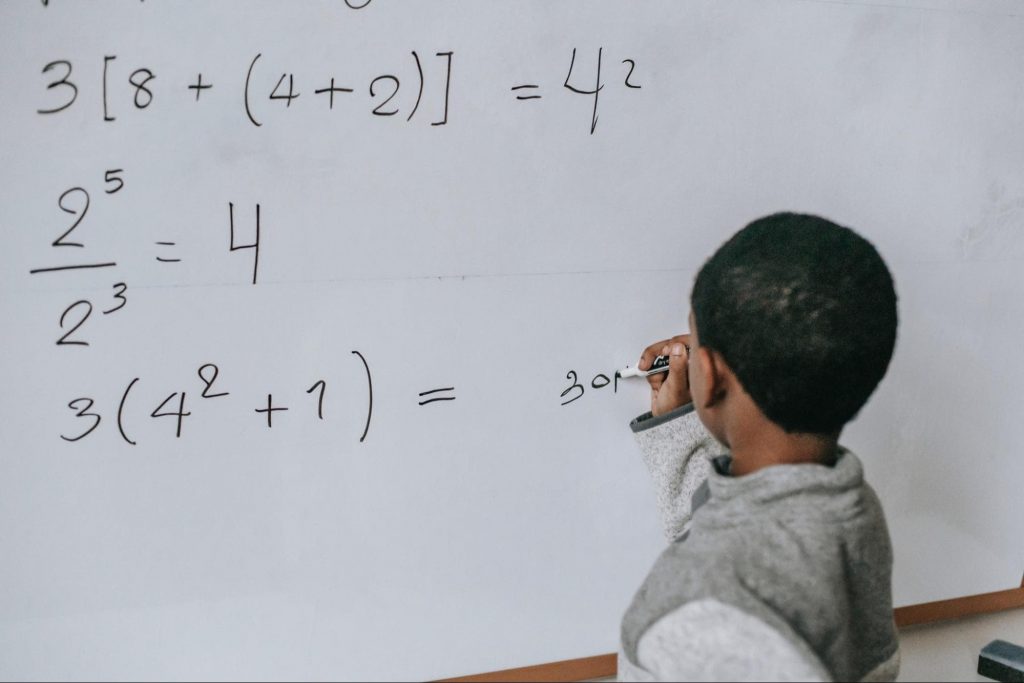
It’s no surprise that many kids dislike math. However, a child who struggles with essential arithmetic functions like using math symbols to divide numbers might have a learning disability associated with math. A learning difficulty with math is known as dyscalculia.
If your child is having difficulties with the following skills, they could be possibly dyscalculic:
- Connecting numbers to the quantity they represent (number 3 to three balls).
- Counting – backwards and forwards.
- Recognizing quantities without counting.
- Linking arithmetic symbols to the acts of addition, subtraction, etc.
- Doing simple mental math.
- Understanding money and estimating quantities.
- Telling time on an analog clock.
- Recognizing patterns and sequencing numbers.
How can parents help?
Helping your child out with their journey of dyscalculia can be a fun process for them. Engage in the following activities to improve their chances of having a little more fun with math –
- Find virtual math games that help kids learn math concepts with ease.
- Do NOT make math feel like a chore. More often than not piling worksheets for schoolers can become a daunting sight. Resist imposing such environments on children who already do not have a good relationship with math.
- Gamify math as much as possible. This might mean playing games or demonstrating addition with something as common as Lego blocks.
- Help them find connections between their books and the world. For example: using words like “plus”, “increase” and “more than” to familiarize them with addition in real life.
- Get in touch with your child’s school and make use of their accommodations. These could be extra time for assignments or pages provided during tests for rough work.
Nonverbal skills

Children with difficulties in nonverbal skills develop specific language skills and memorization abilities early in childhood. However, problems with visual-spatial skills, visual-motor skills, and other skills necessary in social or academic functioning start to come forward with time. Kids struggling with the following things might have learning difficulties associated with nonverbal skills, such as –
- Accurately interpreting facial expressions and nonverbal cues in social interactions,
- Using language appropriately in social settings,
- Understanding things without verbalizing them,
- Physical coordination: avoiding bumping into people/things,
- Using metaphors or abstract ideas in real life.
How can parents help?
Nonverbal LDs can be specifically difficult to maneuver through because they are not measurable. Children often face discomforts in expressing themselves, and sometimes, the only way to help them is by giving them space. Following are some of the things you can do to help your child with nonverbal learning disabilities-
- Talk your child through concepts: When they ask you seemingly incessant questions, answer them. Give them time to think through and if they still have more questions, clarify them as well.
- Prepare them in advance for changes in their routine: This means letting them know in advance about the path you will take on your road trip this weekend. Let them know when you’re going to stop for lunch, how they can let you know if they’re stressed, etc. Telling children about sudden changes can help them be prepared and not face unnecessary stresses.
- Focus on your words: Children with nonverbal learning disabilities often struggle with understanding idioms, sarcasm, and even intonations of speech. Instruct them in the most straightforward way you can. While it may be challenging to modify your habits of speech , your child will tremendously benefit from your efforts.
- Watch for signs of overload: Your child might need to take breaks or abstain entirely from certain activities. These can help them relax and avoid uncomfortable scenarios.
Supporting kids with Learning Disabilities: What parents need to know
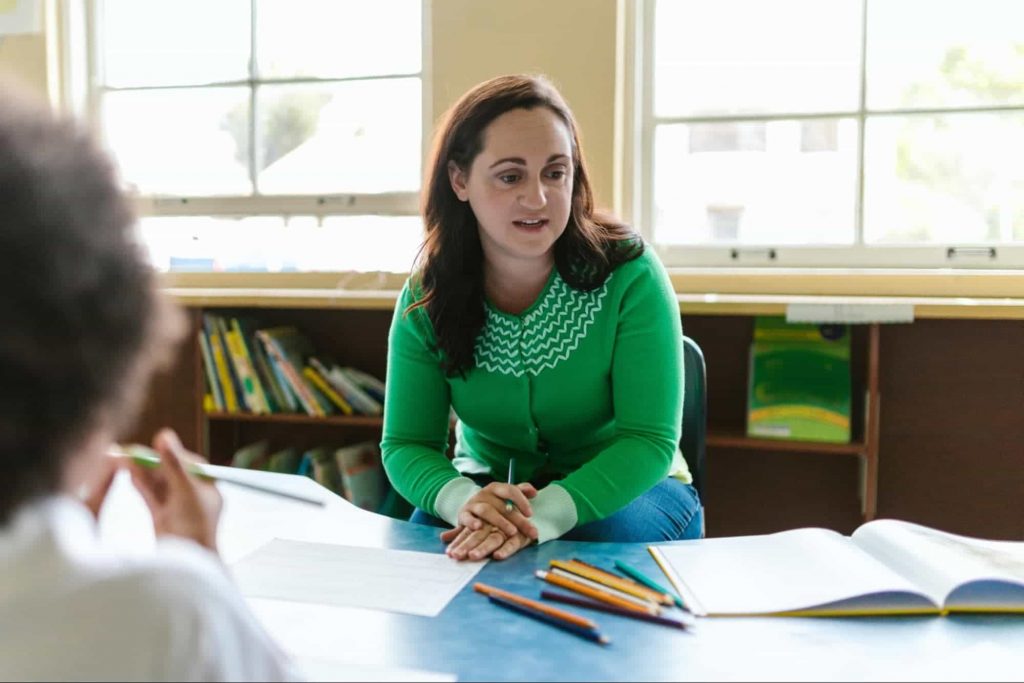
Children with learning disabilities can fight their struggles and become better versions of themselves. With timely intervention and support, children can be successful in school. It is always advised to seek help from a mental health professional or other trained specialists for the required intervention or therapy.
Here are some of the ways parents can help children through their learning disabilities:
- Extra help from specialists: Children with dyslexia can benefit from reading specialists. Similarly, other trained professionals can teach your child techniques to improve skills necessary to better deal with their conditions. Tutors can also reinforce better organizational and study skills among children.
- Individualized Education Program (IEP): Children facing learning disabilities might be eligible for individualized education programs in public schools. These programs are mostly free of charge. Learning how to access these services can help parents improve their child’s condition.
- Therapy: Most children with learning disorders benefit from some form of therapy or the other. Speech therapy, occupational therapy, and even alternative therapy methods like art and dance might help improve the skills of a child who suffers from LDs.
- Asking for classroom accommodations: Children with LDs are usually eligible for classroom accommodations. However, it is your responsibility to inform your child’s school about the identified conditions so that they can provide the appropriate accommodations for your child.
Conclusion
Parenting with the added challenge of learning disabilities might feel like an uphill battle at times. But both parents and children must understand that LDs are nothing out of the ordinary, and despite some additional hurdles, children can live a happy and healthy life. If your child has been exhibiting the symptoms of learning disabilities, intervene early and help them develop into the best person they can be.

















